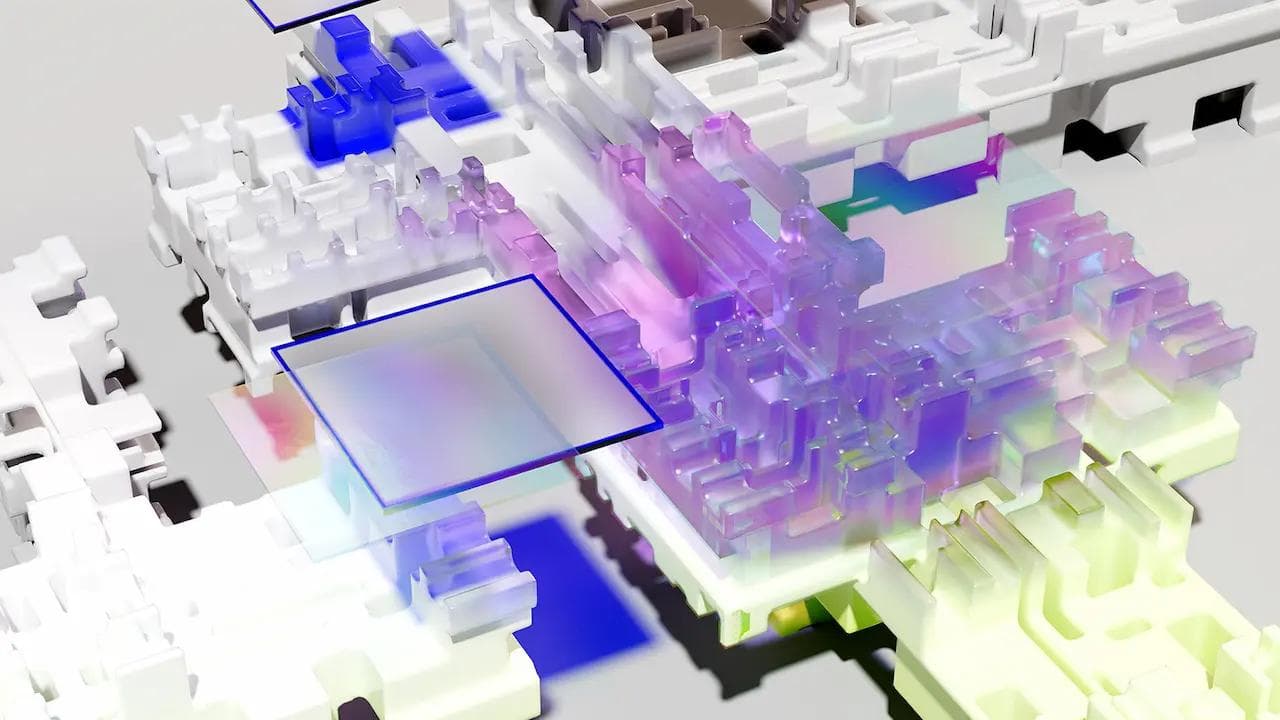20 AI buzzwords for Beginners
AI is a popular topic. Knowing these 20 buzzwords will enhance your conversations about AI.
1. AI (Artificial Intelligence)
AI has two types based on objectives. "Weak AI" performs specific tasks without human-like behavior. "Strong AI," or artificial general intelligence, aims to replicate human thought processes.
2. NFT (Non-fungible Token)
NFTs are unique cryptographic tokens on a blockchain that represent ownership of digital items. They act as digital certificates indicating ownership of items like artwork or music.
3. Metaverse
The metaverse is a 3D virtual world created by some tech companies. It involves technologies like AI, VR, and AR. Users may need VR gear to fully experience it. The metaverse facilitates social interaction and activities in virtual environments.
4. Big Data
Big data refers to extensive information that is difficult to manage. It is characterized by:
- Volume: large amounts of data
- Variety: diverse data types
- Velocity: the speed at which data is generated and processed
5. Machine Learning (ML)
Machine learning involves algorithms that allow computers to learn and perform tasks independently. Applications include visual recognition, speech-to-text, and data analytics.
6. Neural Network
Neural networks are mathematical models that mimic human brain functions. They help computers identify patterns and relationships in complex data. Applications include facial recognition and medical diagnosis.
7. Cluster Analysis
Cluster analysis categorizes data into groups based on similarity. This method streamlines the analysis and extraction of insights from large datasets.
8. Cloud Computing
Cloud computing consists of three forms: public, private, and hybrid. Public clouds are available to anyone, private clouds are restricted to specific organizations, and hybrid clouds combine both types.
9. Chatbot
A chatbot is an AI service that interacts with users via chat interfaces. It uses natural language recognition to simulate human conversation. Chatbots are commonly used in customer service across various industries.
10. Data Mining
Data mining involves extracting valuable information from large datasets to predict trends and make informed decisions. It is also known as "Knowledge Discovery in Data."
11. Yottabyte
A Yottabyte (YB) equals one septillion bytes (10^24 bytes). This unit measures enormous amounts of data, far larger than the gigabytes typically used in personal computers.
12. NLP (Natural Language Processing)
NLP is a technology that enables computers to understand and process human language. Tasks include translation, speech recognition, and sentiment analysis.
13. Cloud Services
Cloud services are platforms that provide computing resources over the internet. They allow businesses to run applications, store data, and access software without managing physical servers.
14. IoT (Internet of Things)
IoT describes the network of connected devices that share data using Internet Transfer Protocols. An IoT platform connects these devices to data networks and sensors.
15. IBM Watson
IBM Watson is a cloud-based AI platform that enables users to build and manage various AI applications and tools. It was initially designed as a question-answer system.
16. Supercomputer
Supercomputers are powerful systems designed for complex computations. They are used in various fields, including scientific research and climate modeling.
17. Computer Vision
Computer vision is a field of AI that allows machines to interpret and understand images and videos. Applications include facial recognition and object detection.
18. Autonomous Vehicles
Autonomous vehicles, or self-driving cars, are categorized into six levels of automation, from fully manual to fully autonomous. Many companies are developing this technology.
19. Chat GPT
Chat GPT (Generative Pre-trained Transformer) is a conversational AI model created by OpenAI. It generates human-like text based on user input, utilizing deep learning and a vast dataset for training.
20. Python
Python is a user-friendly programming language known for its simplicity. It is widely used in machine learning, data mining, and AI development, making it a valuable skill in the tech field.












